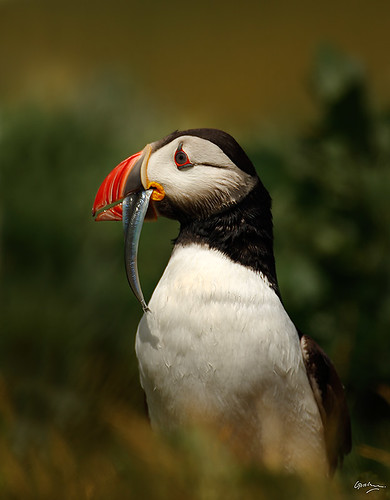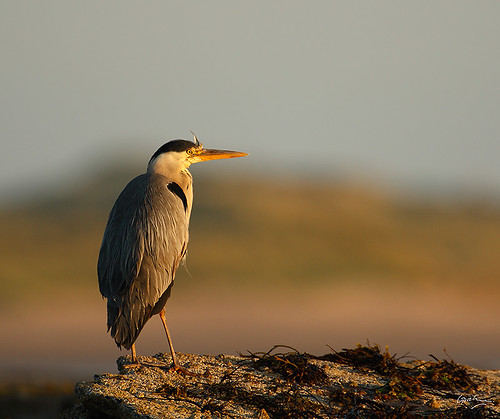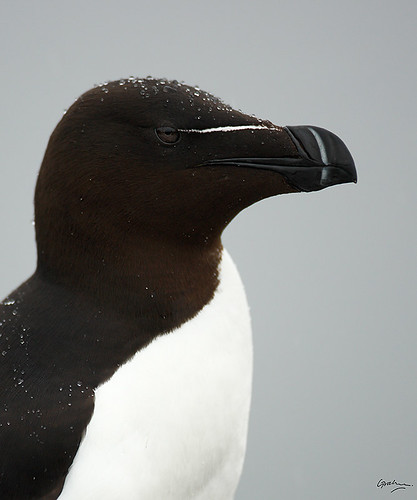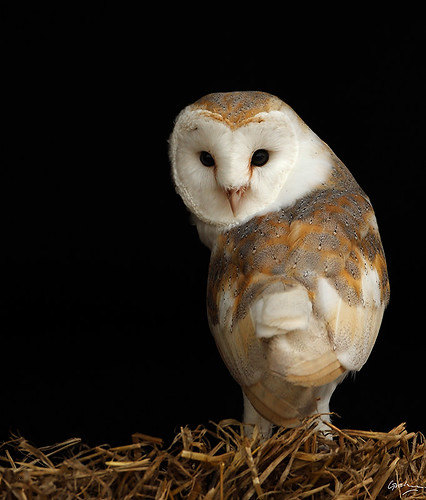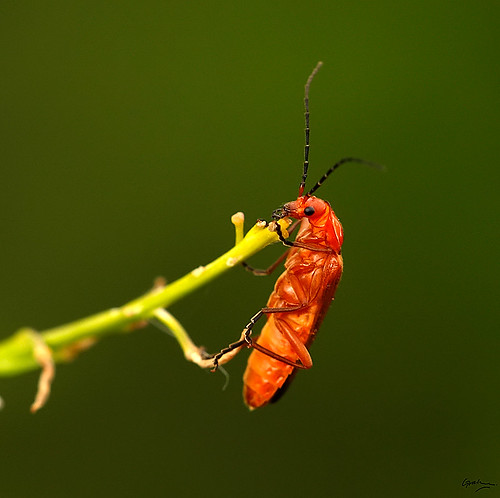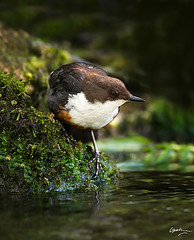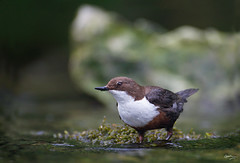What can I say about the Farnes Islands ?
Well, if you like your sea birds, if you don't mind a boat trip and you can put up with a bit of a pong.......well, get to the Farnes in July.
They certainly provided me with my closest encounter with seabirds yet, and a trip that I will never forget.
The Farnes are managed by the Natural Trust, so access is limited.
Trips are available from Seahouses harbour based on half or full days - essentially this gives you a couple of hours on each of the two islands that are open to the public.
I was lucky enough to pay a visit with a super group of people made of members of
EOS Network members and
CFF members - some knew each other from previous adventures, and some didn't.
Day one started early for me with a quick visit to the beach in front of the hotel at 5.30am. The early morning light showed this heron off against Bamborough Castle -
After breakfast, a sea mist rolled in which turned to rain later in the day.
As I've mentioned before, I like extremes of weather and the mist over the Farnes made for challenging conditions for a photographer.
This Puffin was taken as the mist was rolling in...........
Later in the day, the rain started.
As I've mentioned before in my blog, I've become a lover of the rain and added dimension it adds to my photography. Good waterproof gear is essential, as is being able to keep your gear dry.
This image was taken after after everyone had run for cover, leaving me to lay in the muck and get my shot........................
I just love the water droplets on this Razorbill.
The boat back to the mainland picks you up at 4pm, so once back, we dried off and hit the bar......

